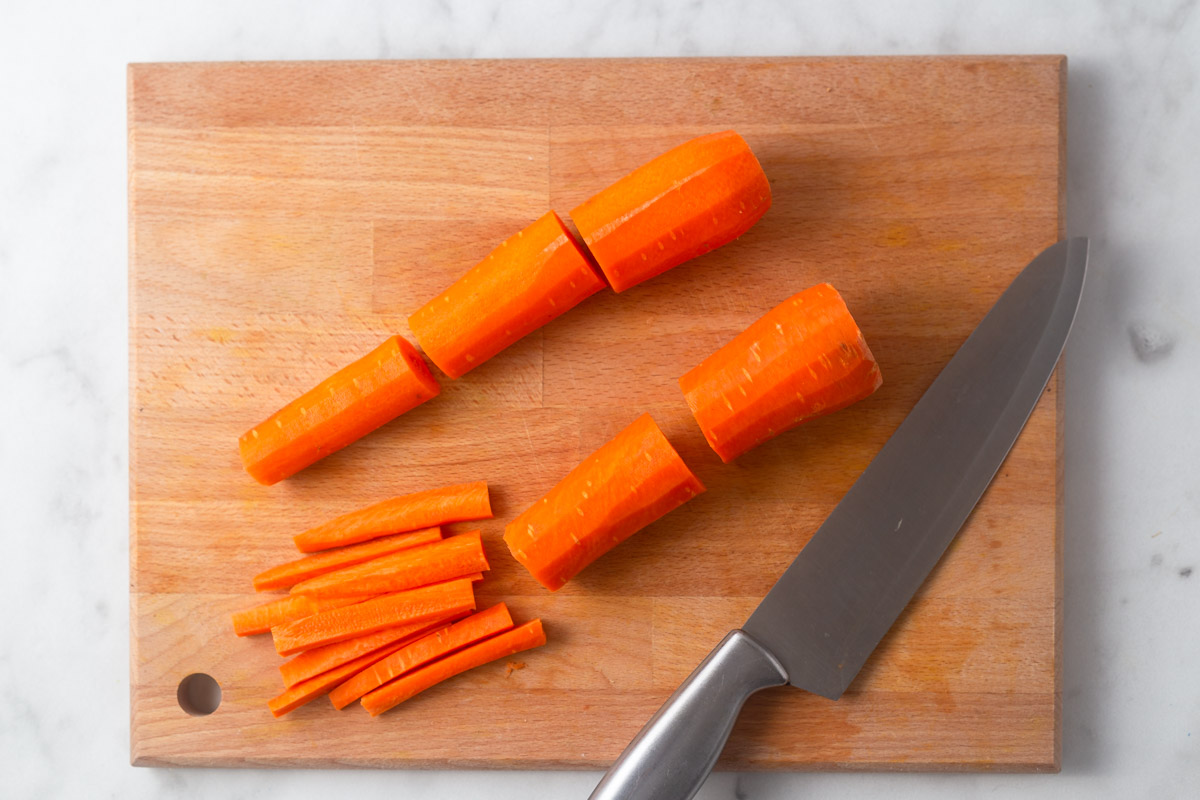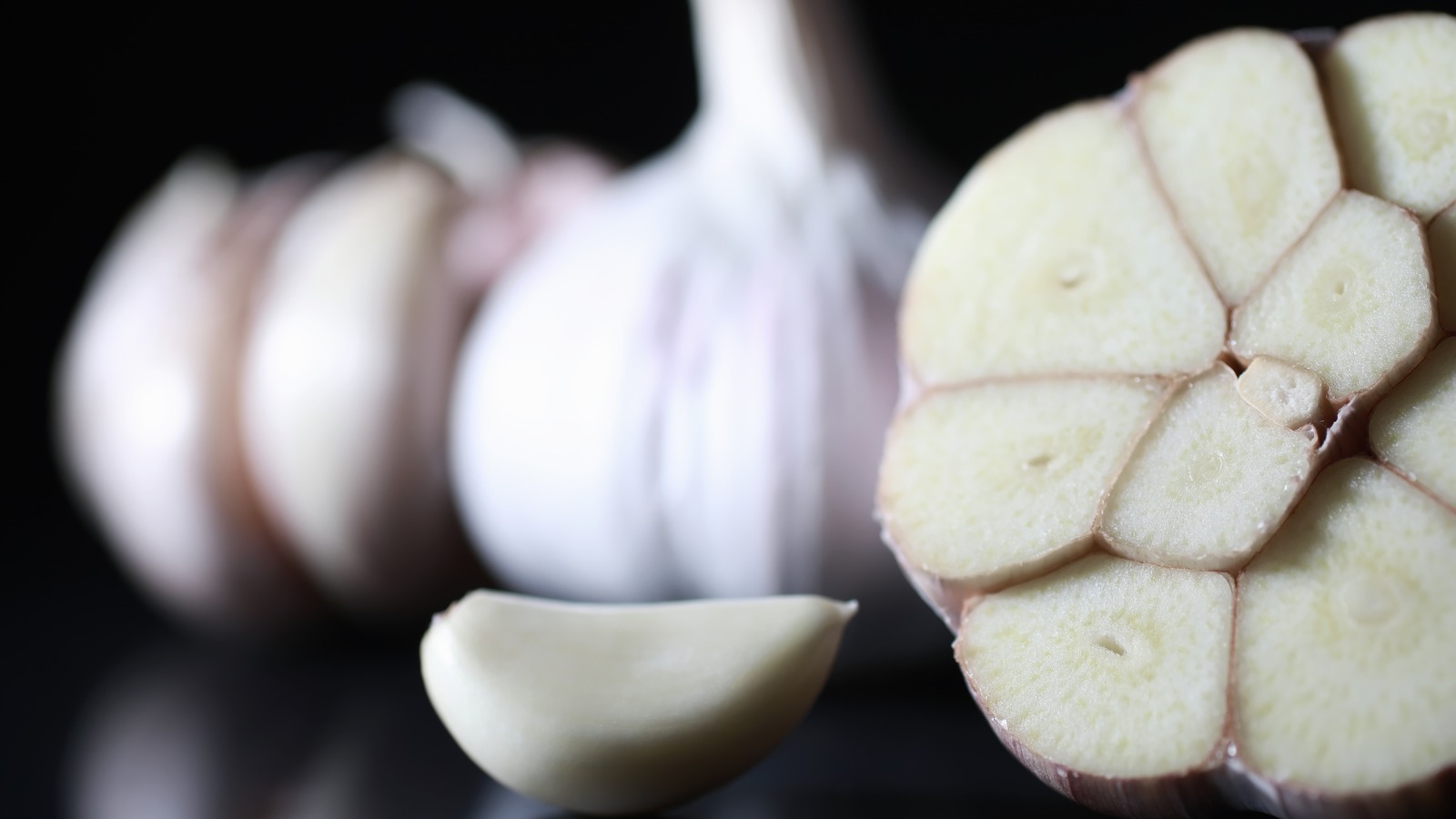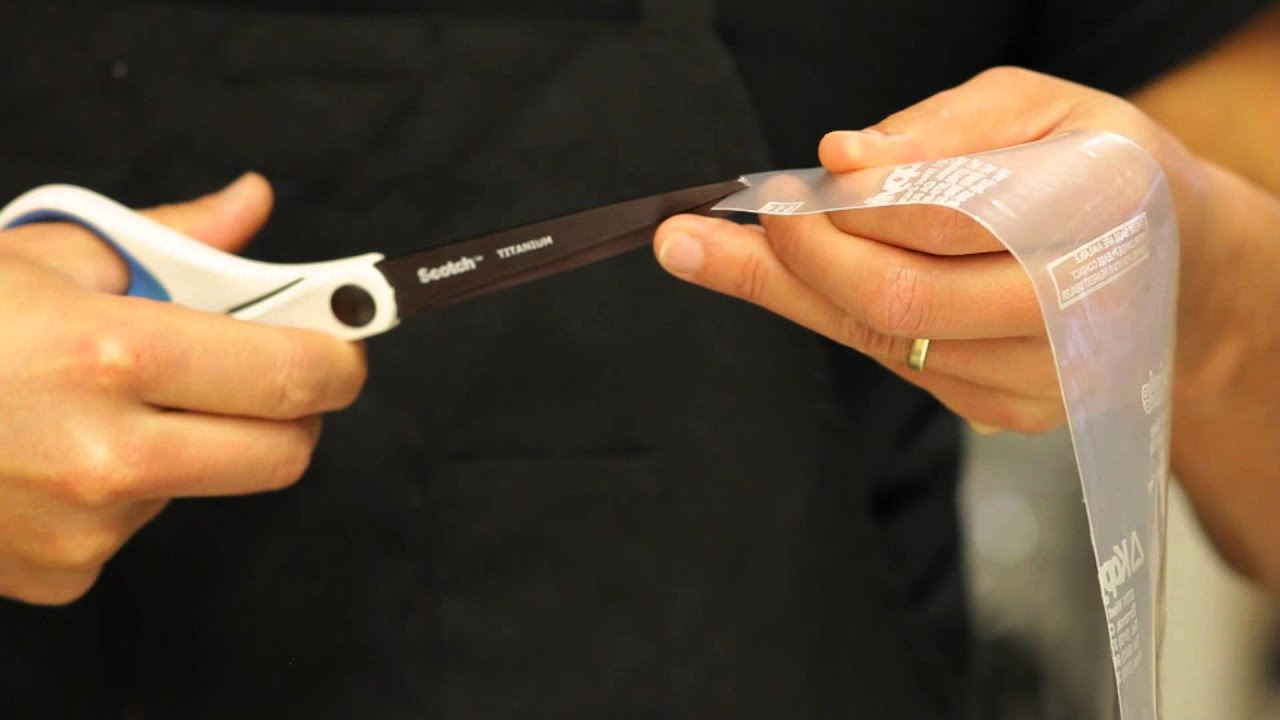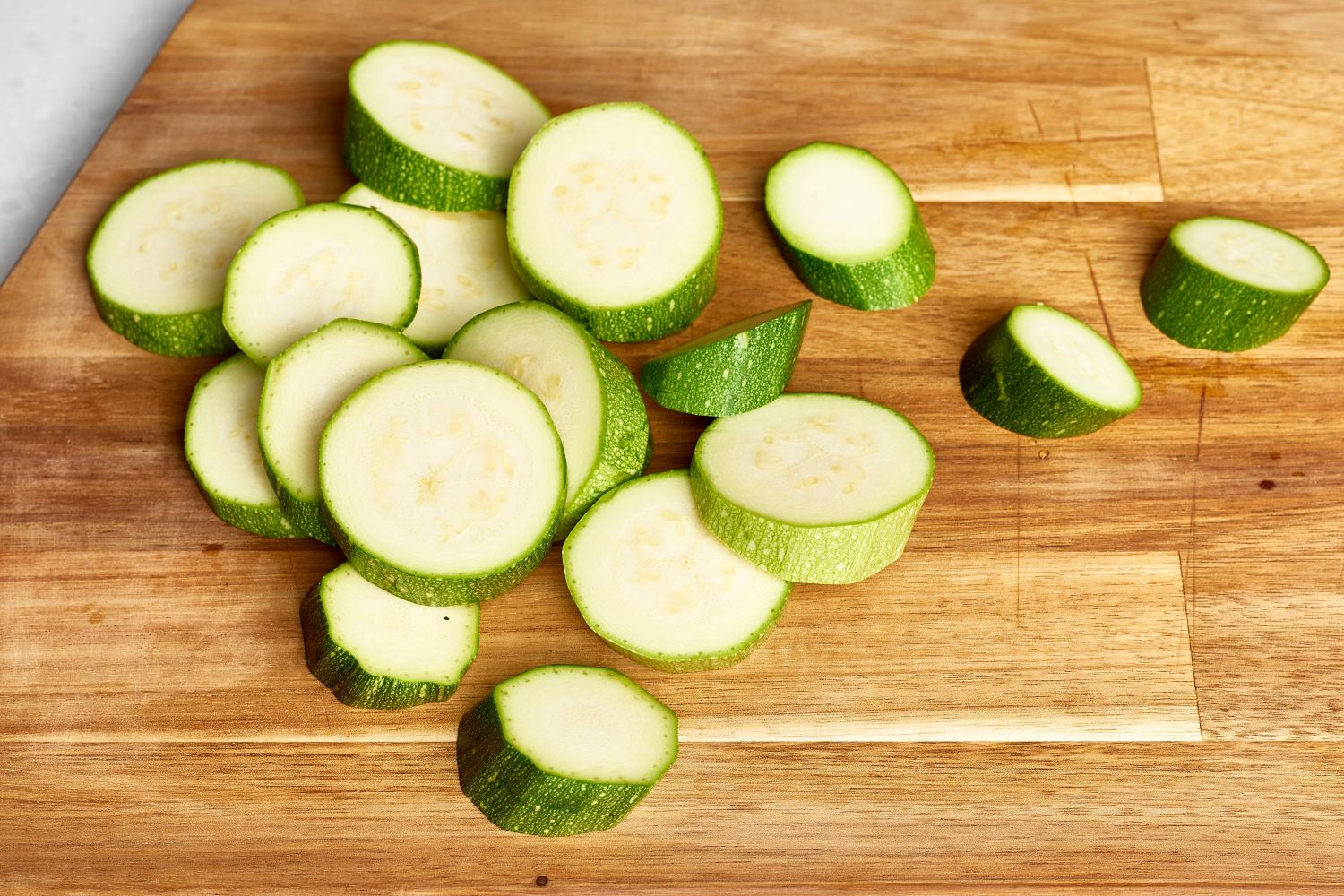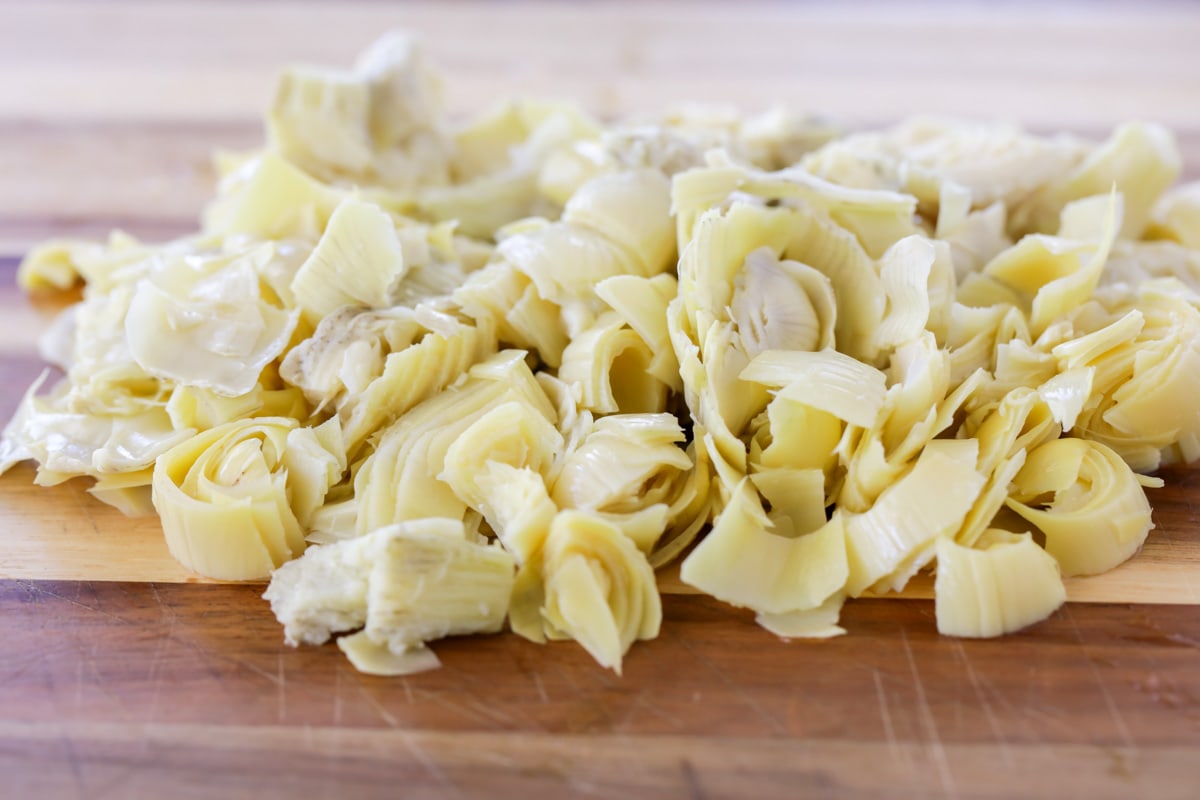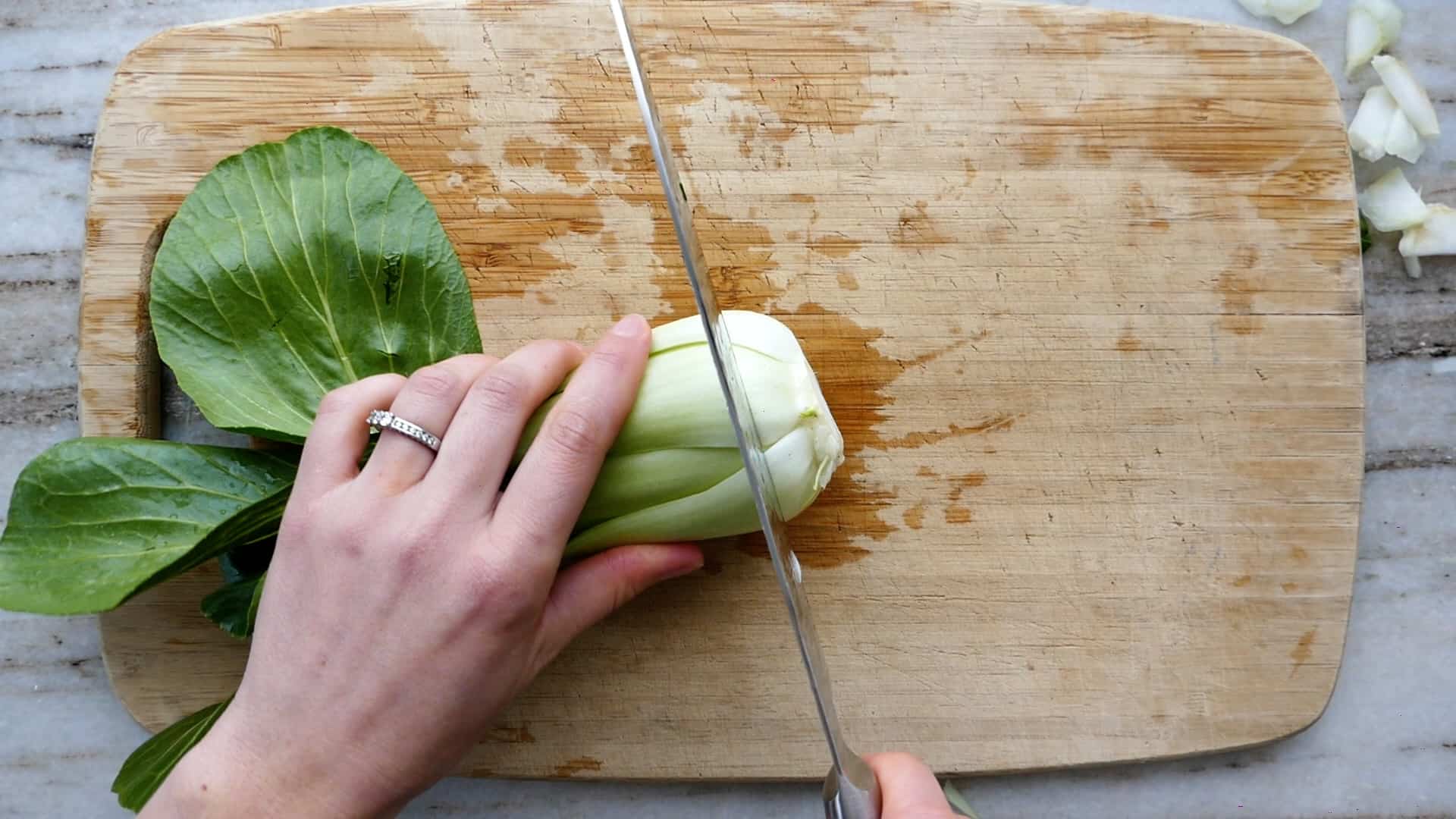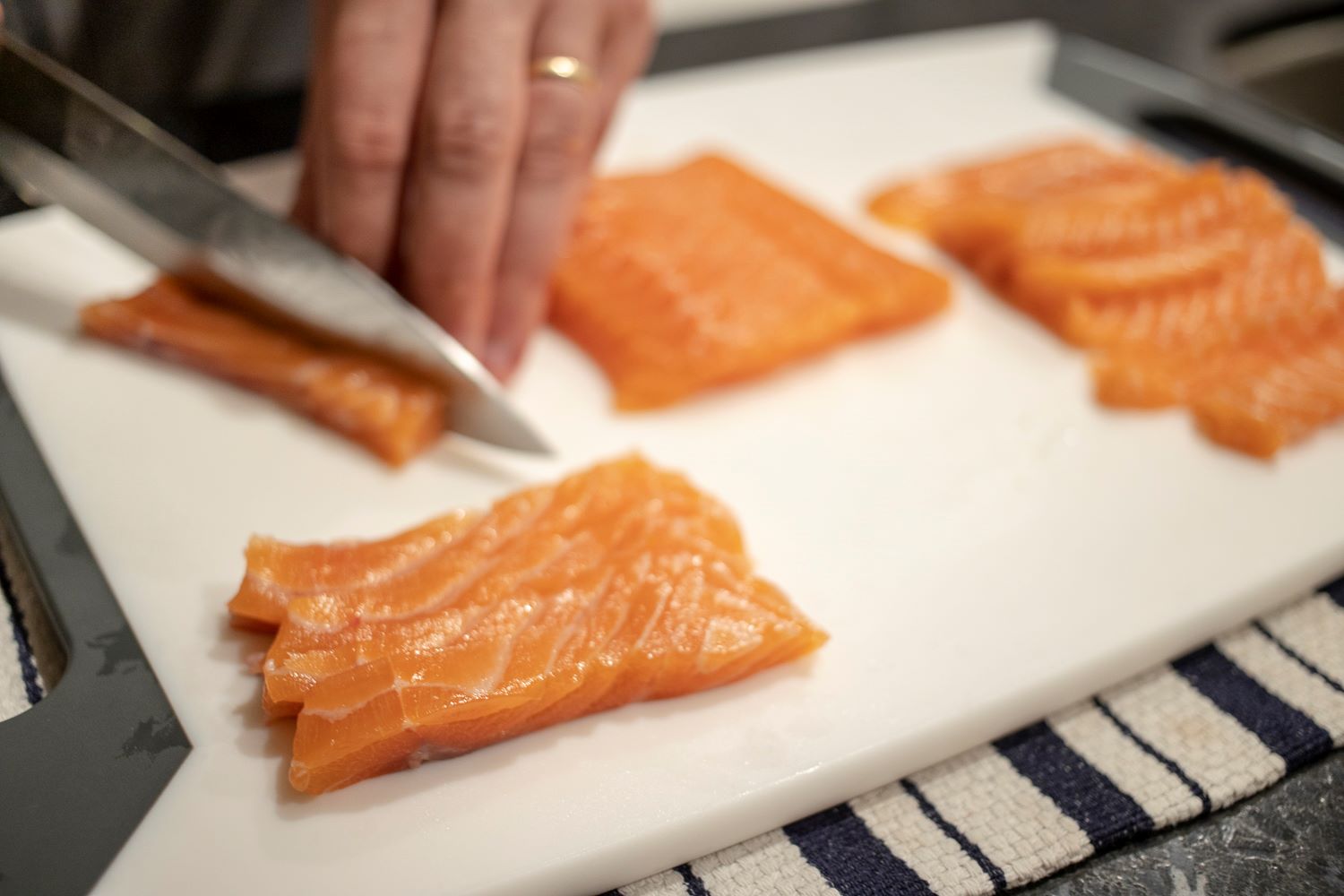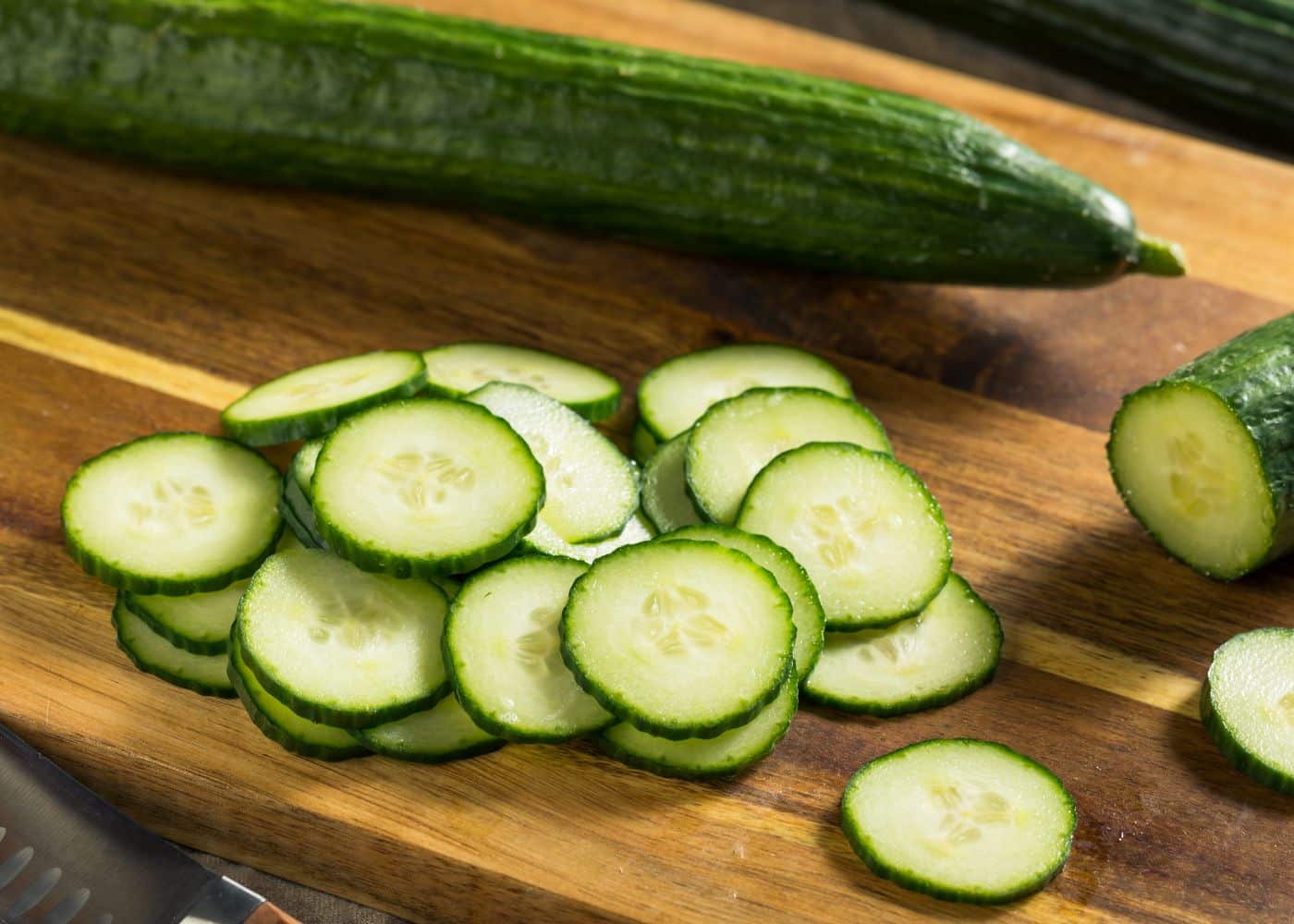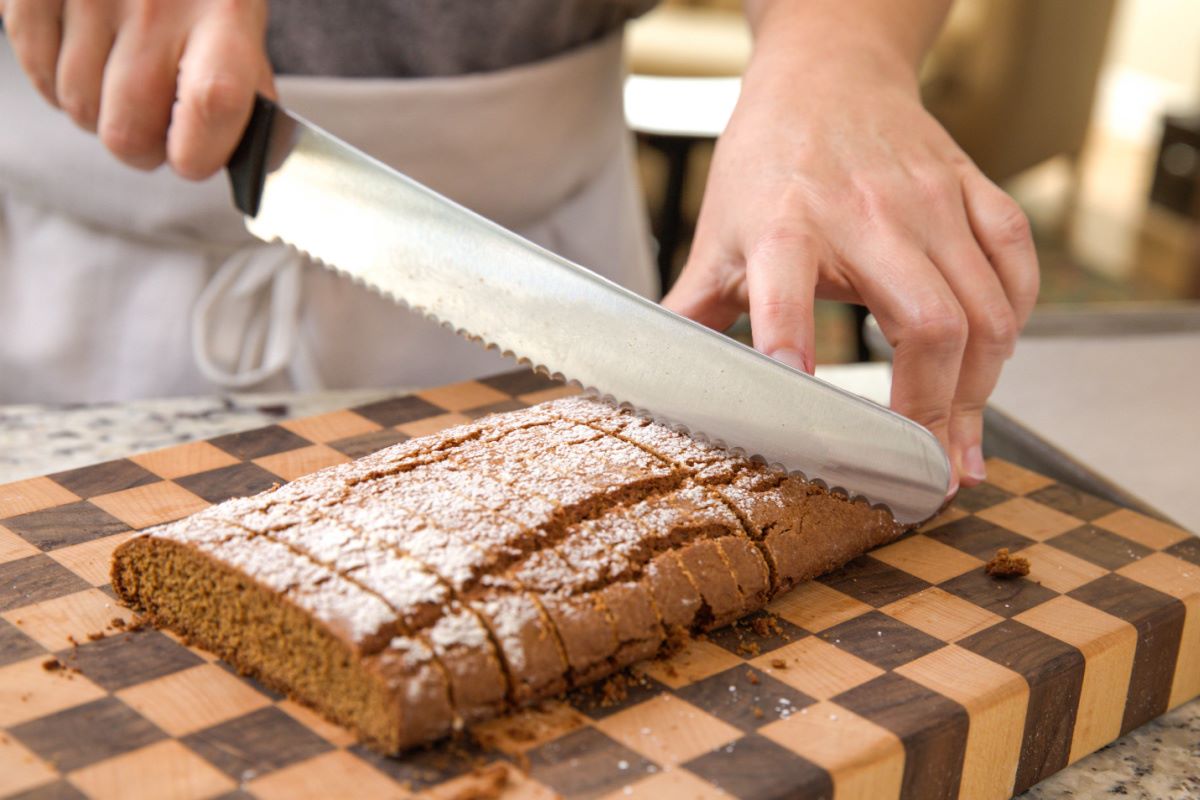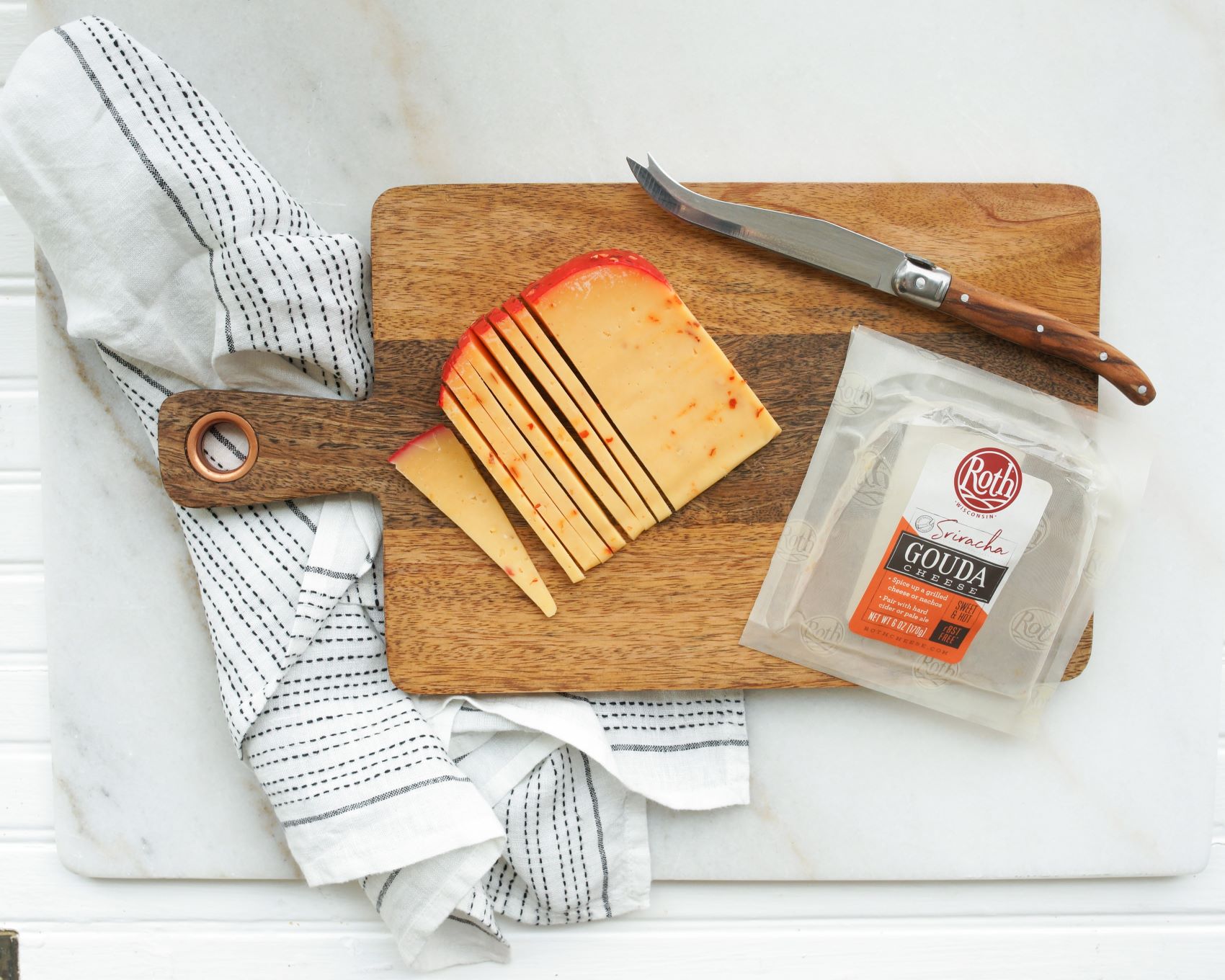How to Cut a Bone-In Rib Roast: A Step-by-Step Guide
If you’re a meat lover, there’s nothing quite like the juicy and flavorful taste of a perfectly cooked bone-in rib roast. Whether it’s for a special occasion or a Sunday dinner with family and friends, knowing how to properly cut a bone-in rib roast is essential to ensure that you get the most out of this delectable cut of meat.
Follow these step-by-step instructions to master the art of cutting a bone-in rib roast:
Step 1: Gather the Right Tools
Before you start, make sure you have the necessary tools on hand:
- A sharp carving knife: A long and slender blade with a pointed tip is ideal for obtaining clean and precise cuts.
- A cutting board: Choose a sturdy and spacious cutting board to provide ample room for maneuvering the roast.
Step 2: Prepare the Roast
Remove the bone-in rib roast from its packaging and let it sit at room temperature for about 30 minutes to take the chill off. This will help the meat cook more evenly. Pat the roast dry with paper towels to remove any excess moisture.
Step 3: Identify the Bones
Identify the bones in the rib roast. The bones typically run along one side of the roast and are usually curved. This side is known as the “bone side.”
Step 4: Determine the Cutting Style
There are two common cutting styles for bone-in rib roast:
- Frenching: This style involves removing the meat between the bones, leaving the bones exposed for an elegant presentation.
- Steak-style: With this cutting style, the roast is divided into individual bone-in ribeye steaks.
Step 5: Frenching the Rib Roast (Optional)
If you choose to French the rib roast, follow these steps:
- Starting at the end of the roast, slide your knife under the layer of meat covering the bones. Carefully cut along the length of the bones, gradually separating the meat from the bones.
- Continue cutting until all the meat is removed from the bones, creating an exposed bone-in rib roast.
- Trim any excess fat or connective tissue for a cleaner look.
Step 6: Cutting into Ribeye Steaks
If you prefer to divide the rib roast into individual bone-in ribeye steaks, follow these steps:
- Position the bone-in rib roast on the cutting board with the bone side facing down.
- Starting from the bone side, make vertical cuts along the rib bones to separate each steak. Aim for cuts that are about 1 to 1.5 inches thick.
- Once you’ve made all the cuts, you’ll have a collection of mouthwatering bone-in ribeye steaks ready to be cooked to perfection.
Step 7: Serve and Enjoy!
Now that you’ve successfully cut your bone-in rib roast, it’s time to let your culinary skills shine. Whether you choose to roast it in the oven, sear it on the grill, or cook it sous vide, the succulent flavors and tender texture of the meat will undoubtedly impress your guests.
Remember, practice makes perfect, so don’t be discouraged if you don’t get it right the first time. With time and experience, you’ll become a master at cutting a bone-in rib roast, and your meals will be all the more memorable because of it.
Happy cooking, and bon appétit!
For those embarking on the art of cutting a bone-in rib roast, there are several recipes that perfectly complement this skill. One standout is the Bone-In Ribeye with Red Wine Reduction Sauce, where the rich reduction beautifully enhances the flavors of the tender meat. Another excellent choice is the Grilled Bone-In Ribeye Steaks with Herb Butter, ideal for a smoky, herb-infused finish. If you're seeking something a bit more refined, the Sous Vide Bone-In Rib Roast with Thyme and Garlic provides unparalleled precision and tenderness. For a hearty meal, the Oven-Roasted Bone-In Rib Roast with Root Vegetables offers a wholesome, comforting dish. Each of these recipes not only showcases the delicious potential of a bone-in rib roast but also allows you to master and appreciate the technique of cutting and preparing this impressive cut of meat.
Was this page helpful?
Read Next: How To Cut A Frozen Roast In Half
